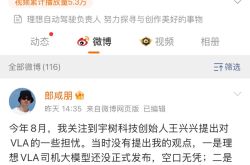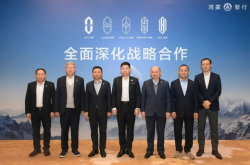JD.com's Bold Leap into 'Car Manufacturing': Unveiling Liu Qiangdong's Strategic Vision
![]() 10/17 2025
10/17 2025
![]() 480
480
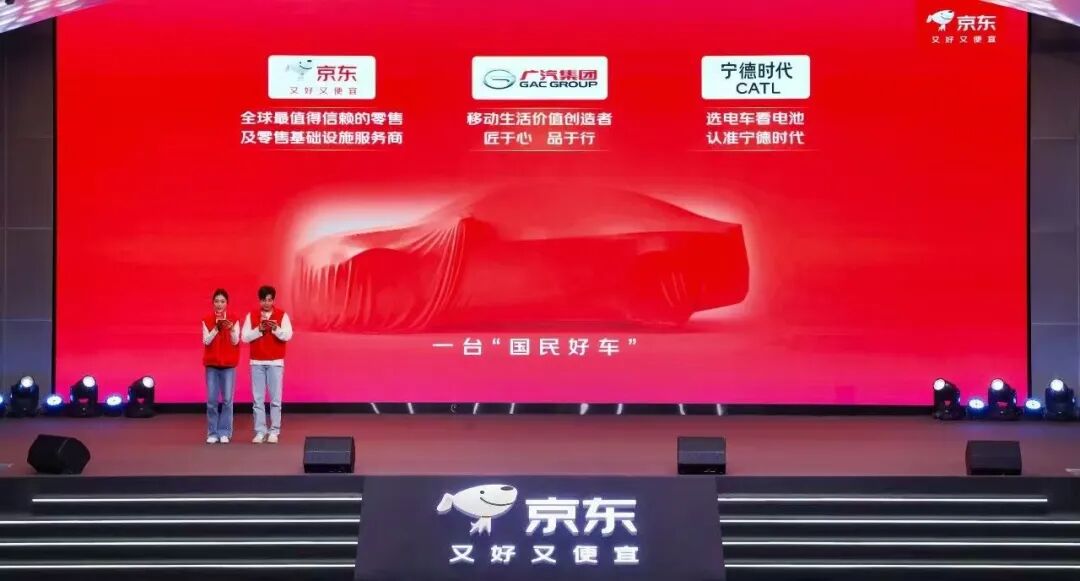
Produced by | Yiguan Finance
Author | Yecha Baixue
After venturing into the food delivery fray, aggressively expanding into the travel and hospitality sectors, rapidly opening JD Discount Supermarket stores, and stepping into the coffee industry, Liu Qiangdong has once again made a daring move—this time, setting his sights on the automotive realm.
During the JD 11.11 Surprise Open Day event on October 14, JD Car unveiled a collaboration with Times Electric Service (a subsidiary of CATL) and GAC Group to launch a 'National Good Car.' The hashtag 'JD.com builds cars' quickly became a hot topic on social media.
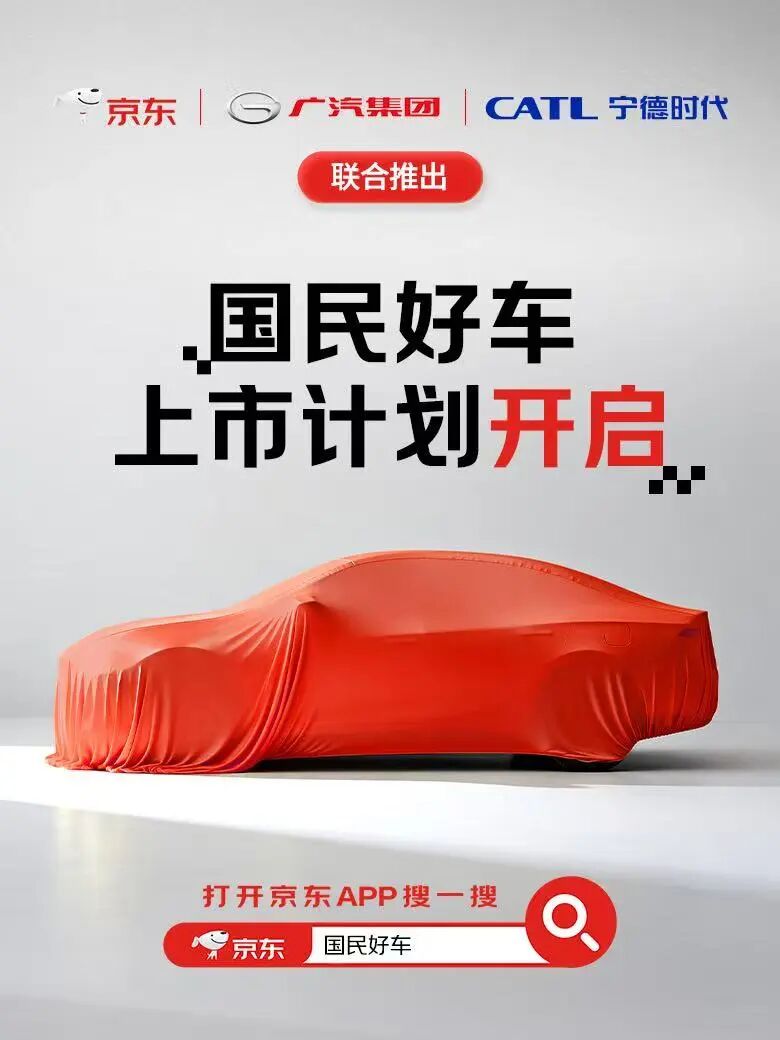
Subsequently, JD.com issued a clarification, stating that the newly introduced vehicle is a collaborative effort among the three parties. JD.com primarily contributes consumer insights and exclusive sales channels, without direct involvement in the actual manufacturing process.
JD.com's response indicates that it is not recklessly diving headfirst into the fiercely competitive 'red ocean' of vehicle manufacturing. Instead, it is leveraging an asset-light model and its core strengths to forge new growth paths in the automotive aftermarket and intelligent mobility ecosystem.
Why Dive into Car Manufacturing?
JD.com's continuous foray into new sectors and expansion of new businesses is driven by the imperative to 'break out' amidst growth pressures.
A review of JD Group's recent financial reports reveals that while its core retail business continues to generate revenue growth, the pace has significantly slowed, reaching a plateau. Meanwhile, although net profit has improved, the overall competition in the e-commerce industry has shifted from an incremental market to a stock market.
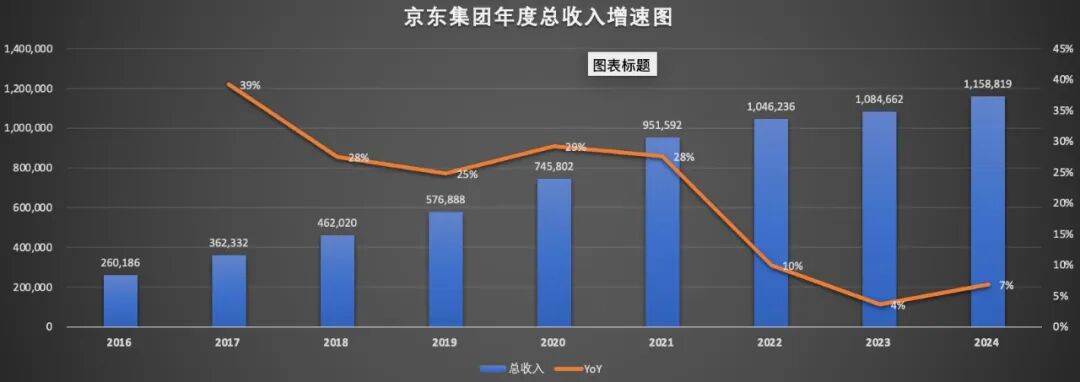
JD.com needs to identify a 'second growth curve' that is substantial enough and aligns with its strengths to bolster future market value and investor confidence. The automotive industry, a market worth trillions of yuan, naturally emerges as the top choice.
JD.com boasts a robust cash flow and ample cash reserves, providing a solid financial foundation for strategic investments and new business ventures.
More importantly, JD.com has a vast user base of high-value customers, particularly JD PLUS members (with a membership base exceeding 50 million, according to some sources). These users typically have high incomes, high loyalty, and a focus on service quality, closely aligning with the primary customer base for automotive consumption (including purchases, maintenance, and peripheral products). Given the high unit price and long decision-making cycle of automobiles, they are highly compatible with JD.com's platform users. Effectively servicing these users' automotive needs can activate the most valuable existing asset, with significant monetization potential.
After mobile phones, cars represent the largest intelligent terminal. Whoever can capture users' automotive needs will secure a super traffic entrance and unlock the 'traffic code' for the next decade.
Beyond 'Car Manufacturing'
On the surface, JD.com's entry into car manufacturing aims to drive traffic to JD Car Care through business synergies. However, from a long-term perspective, it may reveal Liu Qiangdong's grander 'ambition': to construct a closed-loop value system throughout the 'automotive ecosystem' and become an indispensable infrastructure and service provider in the era of intelligent vehicles. Its core intentions may include:
The most direct goal of JD.com's entry into car manufacturing is to cultivate JD Car Care.
- Completing consumer scenarios and unlocking users' lifetime value. As a 'top-tier' product in household consumption, car purchases are highly correlated with home appliances, furniture, insurance, and other sectors. JD.com aims to establish a full-cycle service from 'car purchase - automotive products - maintenance - trade-in.' This not only enhances platform stickiness among high-net-worth users (e.g., exclusive benefits for PLUS members purchasing cars) but also drives peripheral consumption (in-car electronics, charging stations, extended warranty services, etc.). The trust built through car maintenance can further feed into vehicle sales, creating an ecological cycle where 'high-frequency services drive low-frequency sales' and transforming car users into ecological members who continuously contribute value.
- Extending supply chain value boundaries and empowering the automotive aftermarket: As a company with supply chain as its core competitiveness, JD.com is extending its C2M (Consumer-to-Manufacturer) model from 3C and home furnishings to the automotive industry. Leveraging its strong supply chain management, logistics network, and digital technologies, it aims to integrate the currently fragmented automotive repair and maintenance market, becoming a standard setter and service traffic aggregator in the industry.
JD Car Care has established a scalable network. Currently, it boasts nearly 3,000 self-operated stores and over 40,000 partner stores, achieving rapid service capability replication through standardized training and SOP processes. This provides a solid foundation for post-sales car maintenance to support subsequent vehicle sales.
- Entering the new energy vehicle (NEV) supply chain and capturing growth opportunities: As of September 2025, China's NEV penetration rate reached approximately 58.1%, a record high.
Through this tripartite collaboration, JD.com enters this growing market while avoiding the heavy asset risks of building its own factories. By leveraging GAC Group's manufacturing expertise and CATL's battery swap technology, it can swiftly launch 'National Good Cars' tailored to the lower-tier market, vying for a share of the trillion-yuan market. Collaborating with NEV manufacturers, it offers integrated solutions for online direct sales, offline delivery, charging station installation, and after-sales services.
- Laying the groundwork for intelligent mobility and fostering long-term technological synergies: In May this year, JD.com registered the 'Joyrobotaxi' trademark, marking its official entry into the Robotaxi (autonomous taxi) sector. It plans to transform Robotaxi interiors into 'mobile e-commerce terminals,' enabling an instant retail closed loop where users can 'place orders online and pick up goods in the car,' thus creating a new consumption scenario.
JD.com's technological reserves in AI (intelligent customer service), IoT (smart home), and big data (user profiling) can deeply integrate with intelligent vehicles' onboard systems and user interaction features (e.g., remotely controlling vehicles via the JD app, syncing family shopping lists to in-car systems). This even paves the way for future autonomous logistics scenarios.
JD.com's foray into car manufacturing is essentially a critical step in its transformation from a 'commodity trading platform' to a 'lifestyle service provider.' This reflects JD Group's core strategy in its new growth phase: expanding into high-potential, highly relevant ecological sectors based on its core strengths, and deeply mining and locking in the full lifecycle value of its core users.
The road ahead will undoubtedly be challenging. However, if JD.com can successfully replicate its advantages in retail, logistics, and user operations to the automotive industry, it stands to unlock a trillion-yuan automotive consumption market. #JDCarManufacturing

